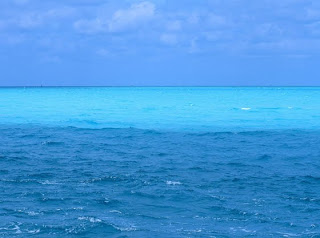Minerals
Minerals are basic constituents of rocks, which builds lithosphere of the Earth,and other planets, their satellites, asteroids and meteor.
Performance of minerals:
-homogeneous structure,
-defined chemical composition,
-certain structures of properly distributed in space (crystalline) or without an order (without amorphous-crystalline structure).
Only minerals with a crystal lattice are called crystals.

Mineral grains vary in size (visible eye, microscope, electron microscope-macro, micro.
The performances of crystallized minerals depend on the ingredients and location
grid, which is a reflection of their geometrically correct spatial
schedule. There are 6 crystall system.
Performance of minerals:
-Cleavage, hardness, density, color, luster,
-Velocity of light, heat and electricity,
-Angles of refraction and reflection,
-Radioactivity, magnetic properties, etc.
Polymorphism-chemical combination of the same chemical composition of different forms of crystal lattice (eg graphite and diamond-C or calcite and aragonite).

Classification of minerals according to chemical composition
Silicate minerals
Their spatial structure of form, face, or chain connected SiO4 tetrahedra which are located between the metal atoms (silicon atom in the middle, and the tops are tetrahedron of oxygen atoms).
1) Spatial linked tetrahedra with all four of the top (60% of the lithosphere)
feldspar (Orthoclase and sanidine), plagioclase (albite-anortite)
2) Flat View linked tetrahedra in single and dual low
associated layer-characterized by strong cleavage.
micas (muscovite, biotite), chlorite, talc, clay minerals (kaolinite, illite, montmorillonite)
3) Single chain linked tetrahedra
(Pyroxenes)
4) Double chains of tetrahedra
(Tremolite, actinolite, hornblende, glaucophane)
5) silicate minerals with independent tetrahedra












